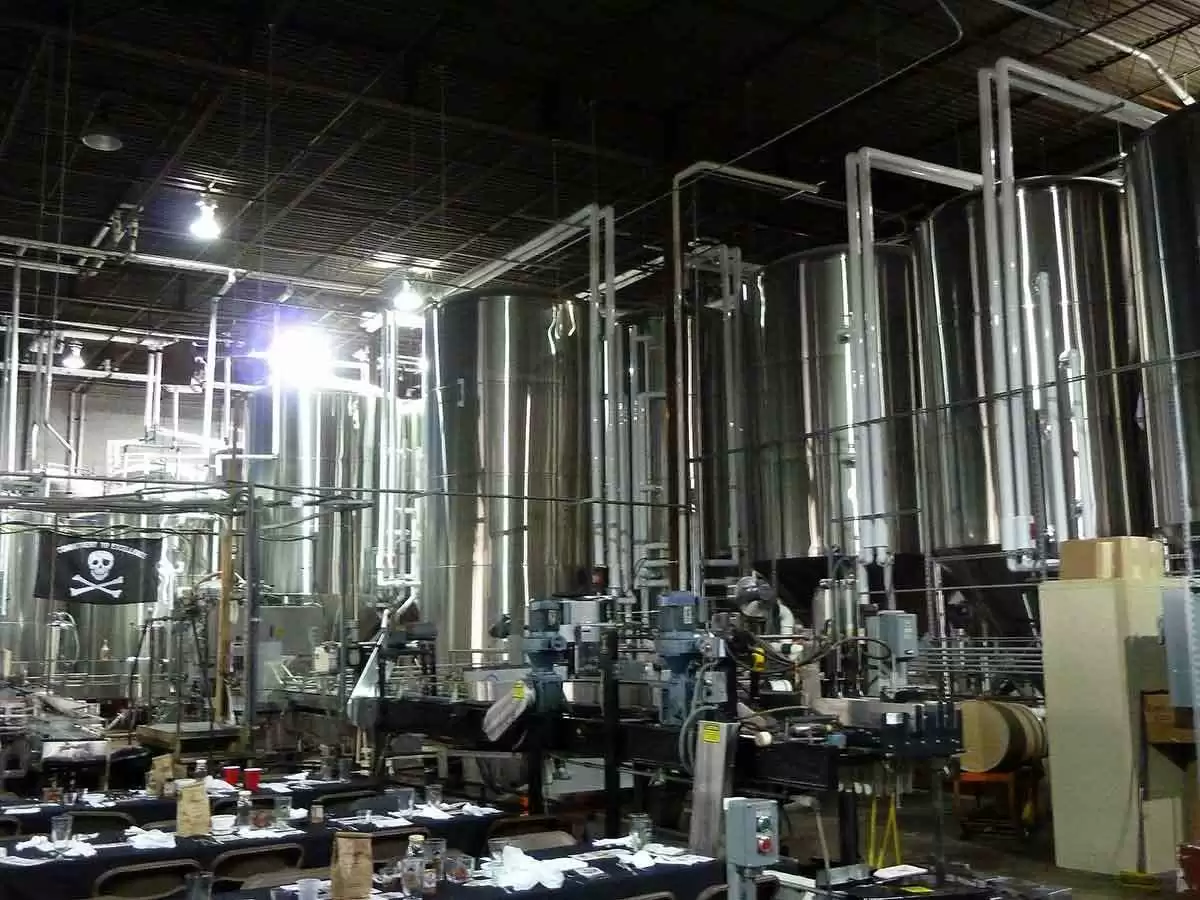
Celiac.com 08/30/2021 - In August of 2020, the FDA issued a final rule regarding gluten-free labeling of fermented and hydrolyzed foods. The rule established a compliance date of August 13, 2021.
The rule doesn't change the gluten-free definition established by the agency's original 2013 rule, which basically requires foods bearing a gluten-free claim to be made without gluten containing ingredients, or processed so that no more than 20 ppm of gluten remain in the final food product.
Celiac.com Sponsor (A12):
But the FDA did decide that fermented and hydrolyzed foods required additional regulation to ensure compliance with the 2013 final rule, because currently the “FDA knows of no scientifically valid analytical method effective in detecting and quantifying with precision the gluten protein content in fermented or hydrolyzed foods in terms of equivalent amounts of intact gluten proteins.”
Therefore, the 2020 rule established a records-based system to ensure that fermented and hydrolyzed foods are gluten-free consistent with the definition established in 2013.
The 2020 rule requires food manufacturers of foods that bear gluten-free claims are required to keep records that show that:
- The food is gluten-free before fermentation or hydrolysis;
- The manufacturer has adequately evaluated the potential for cross-contact with gluten during the manufacturing process;
- If necessary, measures are in place to prevent the introduction of gluten into the food during the manufacturing process.
Companies are required to keep records only for food ingredients for which there are no good analytical tests for gluten content, such as hydrolyzed and fermented foods. Records must be kept for at least 2 years after introduction of the food into interstate commerce, and must be reasonably accessible to FDA during inspection at each manufacturing facility.
Starting on the compliance date, manufacturers of gluten-free foods should collect and review documentation from suppliers of any hydrolyzed or fermented food ingredients to ensure compliance with new the rule.
Lastly, the rule applies to enzymes grown on media containing gluten, such as wheat, because gluten from the growth media may be carried over and hydrolyzed via fermentation, making it undetectable to current gluten tests.
Read more at the National Law Review


.png.e9a9361fe2424070b313e44ddb1a5500.png)





Recommended Comments
Create an account or sign in to comment
You need to be a member in order to leave a comment
Create an account
Sign up for a new account in our community. It's easy!
Register a new accountSign in
Already have an account? Sign in here.
Sign In Now